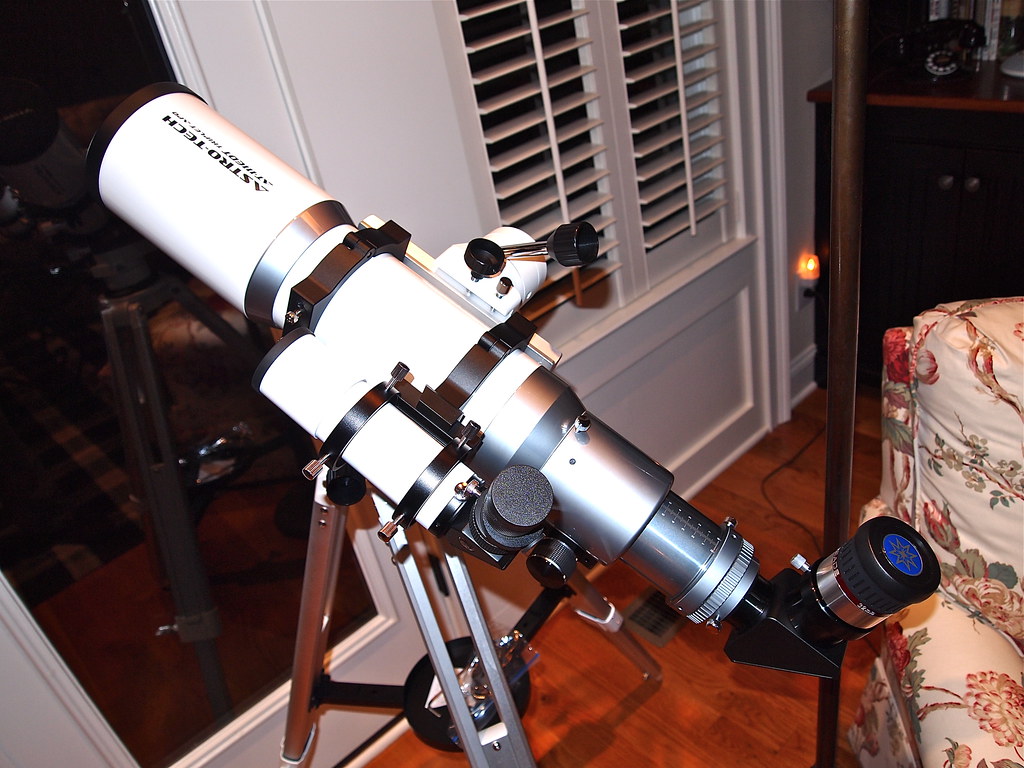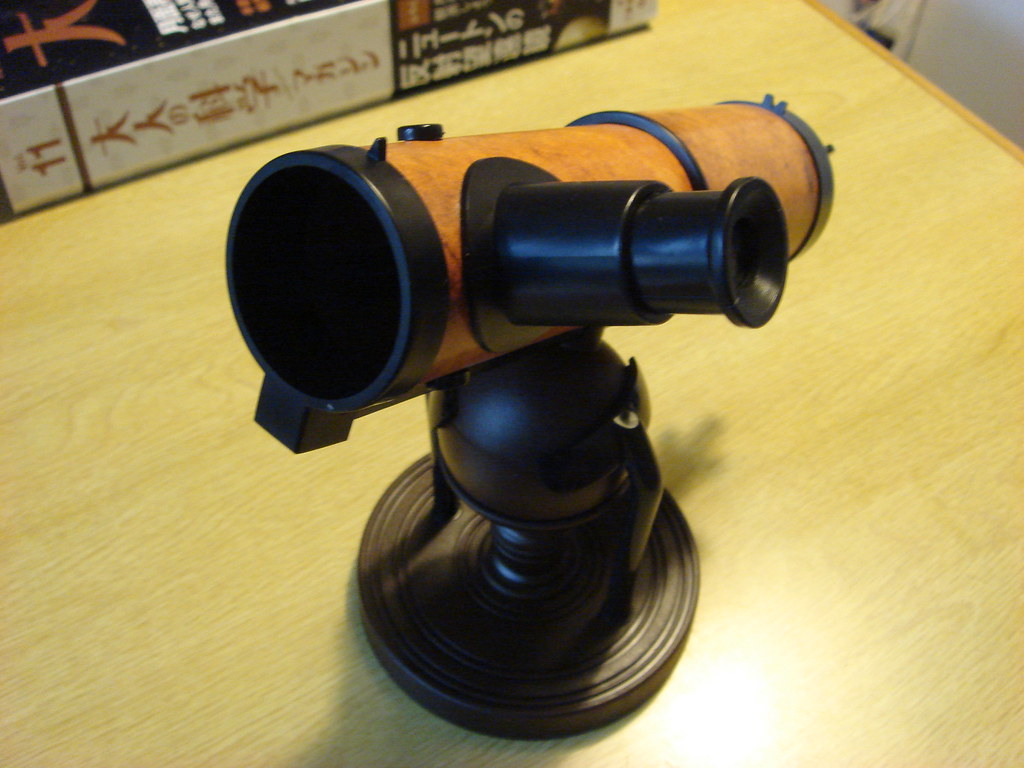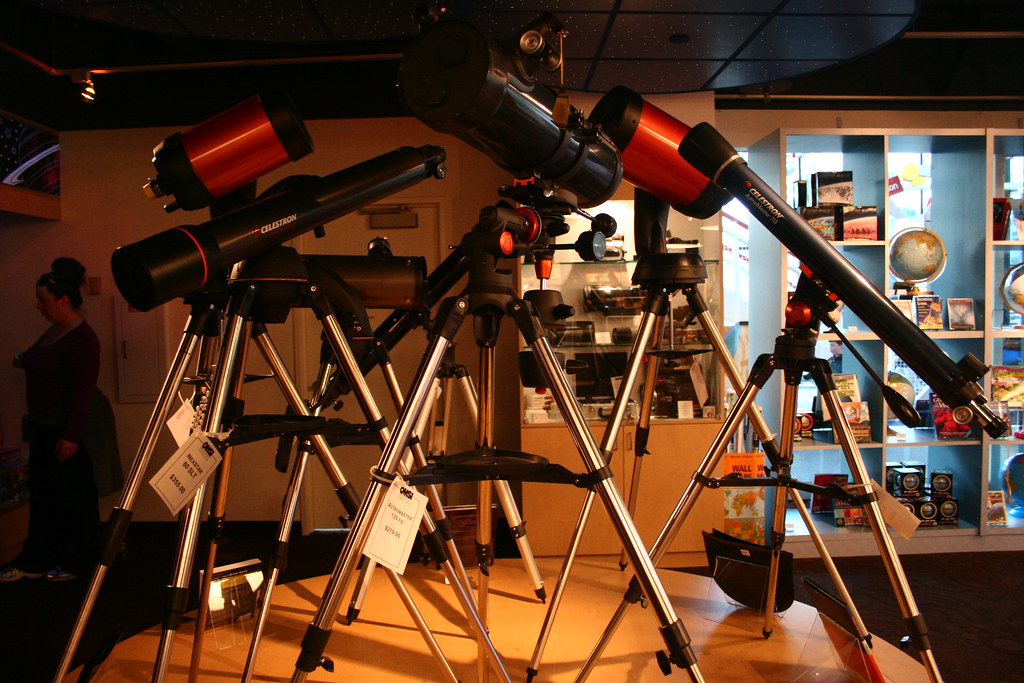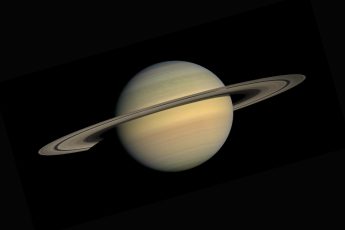A Peek into the World of Telescopes
As a beginner or intermediate telescope enthusiast, it’s essential to understand the differences between the two most popular types of telescopes: refracting telescopes and reflecting telescopes.
Each has unique features, strengths, and weaknesses that can impact your stargazing experience. In this article, we’ll explore the differences between these two types of telescopes, their advantages and disadvantages, and some tips to help you make the right choice for your astronomy journey.
Refracting Telescopes: A Journey Through Lenses
Refracting telescopes, or refractors, is the oldest and simplest form of telescope. They use a system of lenses to bend and focus light, providing a magnified image of the celestial object being observed.
Key Components of Refracting Telescopes
Refracting telescopes consist of three primary components:
- Objective lens: A large lens at the front of the telescope that gathers and bends incoming light.
- Eyepiece: A smaller lens at the back of the telescope that further magnifies the image created by the objective lens.
- Tube: A long, cylindrical enclosure that holds the lenses in place and prevents stray light from entering the telescope.
Advantages of Refracting Telescopes
Refractors offer several benefits, including:
- Easy to use and maintain, making them ideal for beginners.
- Excellent for observing planets, the moon, and other bright celestial objects.
- Sealed tube design helps prevent dust and debris from entering the telescope, reducing maintenance.
- Provides sharp, high-contrast images due to the absence of a central obstruction.

Disadvantages of Refracting Telescopes
Despite their advantages, refracting telescopes also have some drawbacks:
- Limited aperture size can reduce light-gathering capability and limit the telescope’s ability to observe faint objects.
- Chromatic aberration can cause color fringing around bright objects.
- It can be more expensive and less portable than reflecting telescopes of the same aperture size.
Reflecting Telescopes: Mirrors to the Stars
Reflecting telescopes, or reflectors, use a combination of mirrors to reflect and focus light, creating a magnified image of the celestial object being observed.
Key Components of Reflecting Telescopes
Reflecting telescopes have three primary components:
- Primary mirror: A large, concave mirror at the back of the telescope that collects and reflects incoming light.
- Secondary mirror: A smaller, flat mirror redirects the light from the primary mirror to the eyepiece.
- Eyepiece: A lens that further magnifies the image created by the primary and secondary mirrors.
Advantages of Reflecting Telescopes
Reflectors have several benefits, such as:
- Larger aperture sizes allow for better light-gathering capabilities and observation of faint celestial objects.
- The lower cost per inch of aperture compared to refracting telescopes provides more value for money.
- Eliminating chromatic aberration results in more accurate color representation in the observed image.

Disadvantages of Reflecting Telescopes
However, reflecting telescopes have some downsides:
- Require regular maintenance, such as cleaning and aligning mirrors (collimation).
- Open tube design allows dust and debris to enter the telescope, requiring more frequent cleaning.
- Central obstruction caused by the secondary mirror can reduce contrast in the observed image.
Choosing the Right Telescope for You
To choose the right telescope for your needs, consider the following factors:
- Observation goals: Determine what you want to observe. Refracting telescopes are ideal for keeping planets, the moon, and other bright celestial objects, while reflecting telescopes are better suited for observing fainter objects like galaxies and nebulae.
- Budget: Reflecting telescopes generally offer more value for money regarding aperture size. However, a refracting telescope may be a better choice if you spend more for ease of use and maintenance.
- Portability: Refracting telescopes can be heavier and less portable than reflecting telescopes of the same aperture size. If portability is a priority, a reflecting telescope might be more suitable.
- Maintenance: Refracting telescopes require less maintenance due to their sealed tube design, making them a good choice for beginners. A reflecting telescope may be better if you’re comfortable with regular maintenance and mirror alignment.
Frequently Asked Questions (FAQ)
Q: Can refracting and reflecting telescopes be used for astrophotography?
A: Both refracting and reflecting telescopes can be used for astrophotography. Refracting telescopes generally produce sharper, high-contrast images, which can be advantageous for planetary and lunar photography. With their larger aperture sizes, Reflecting telescopes can capture fainter celestial objects, making them suitable for deep-sky photography.

Q: How important is aperture size when choosing a telescope?
A: Aperture size is crucial as it determines the telescope’s light-gathering capability and resolution. Larger aperture telescopes can observe fainter objects and provide more detailed images. However, larger apertures also have increased size, weight, and cost.
Q: Are there other types of telescopes beyond refracting and reflecting?
A: Yes, there are other types of telescopes, such as catadioptric telescopes, which combine elements of both refracting and reflecting telescopes. They use a combination of lenses and mirrors to correct some of the drawbacks of each type, such as chromatic aberration in refractors and central obstruction in reflectors.






